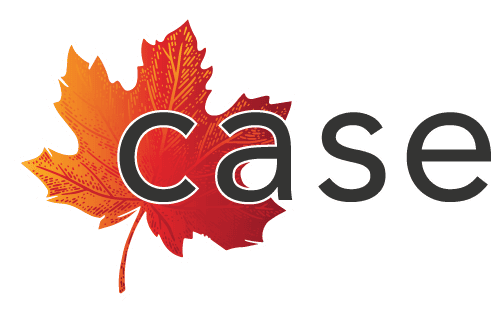Communications
Please Note
Inclusive Communications:
What does it mean?
- Inclusive communication refers to sharing information in a way that everyone can understand. It involves understanding that people have different communication needs in order to access and understand information equally.
- It also involves staying current on how to respectfully refer to a person who experiences disability in your company’s communications.
- As with any other large group, there can be no one-size-fits-all approach around how a business communicates with persons who experience disability.
- Broadly speaking, persons experiencing disability may have experiences that result in unique communication needs. For example, you may have a staff member or customer who:
- Experiences low vision, partial sight or blindness
- Is a Deaf person or is hard of hearing
- Is a person with autism
- Uses a wheelchair
- Is a person who experiences an intellectual or developmental disability
Why is it important?
- Accessibility in information and communications technologies is a vital part of advancing inclusion. A commitment on this front helps to break down barriers that prevent persons experiencing disability from participating on an equal basis.
- The benefits that one person receives from accessible information and communication often strengthens the ease and flexibility experienced by the broader audience.
- From a business perspective, it is important that every communication reaches the widest possible audience. Improved communications have the potential to increase and expand audiences while maintaining customer satisfaction from existing clients. The same techniques can also improve employee morale and the quality of employee relationships.
- Many jurisdictions have accessibility legislation that requires accessible (and inclusive) formatting of communications, and failure to meet these requirements may lead to legal liability.
Sample Inclusive Workplace Policy
[Name of organization] will communicate with persons experiencing disability in ways that take into account their needs. When asked, information will be provided about the organization and its services in accessible formats or with communication supports.
[Name of Organization] will respond to feedback including any accessibility related concerns.
Optional: [Name of Organization] will meet internationally-recognized Web Content Accessibility Guidelines (WCAG) 2.0 Level AA website requirements.
Putting It into Practice
- It’s not necessary to become a communication expert. Focus on learning and understanding how different people interact with your businesses and what their individual needs are. If you’re unsure, consult with the person who experiences disability to determine their accessibility needs. A database of employee and customer communications requirements can be built over time.
- Start by considering all of your business’s key communications channels, such as website/digital marketing, email, social media, printed materials, image library, newsletters and media releases.
- Instead of providing only one method for communication, offer various options that are available in accessible formats such as:
- Accessible PDF and Word documents
- Audio versions
- Braille
- Sign language
- Large print
- Subtitling (captioning)
- Transcripts
- Telephone, text, text to speech/speech to text
-
- Creating easy-to-read formats (find a resource guide here: www.changepeople.org)
-
- “People First” has a Plain Language Committee and can be hired to translate documents into plain language: www.peoplefirstofcanada.ca
- As your commitment to providing accessible and inclusive communication evolves, build in a process for receiving and responding to feedback.
HR Inclusive Policy Toolkit Links
Newsletter
Sign up for our e-newsletter and stay current with all the latest from CASE and supported employment work across Canada and beyond. You’ll also receive our latest promotions and offers. We will not share your email address with any third-party vendors. See our Privacy Policy for full details on how we protect your personal information.
Connect With CASE
Tell us about new, innovative supported employment initiatives your organization is spearheading. Please send us your ideas or advice on how CASE can better serve you.

